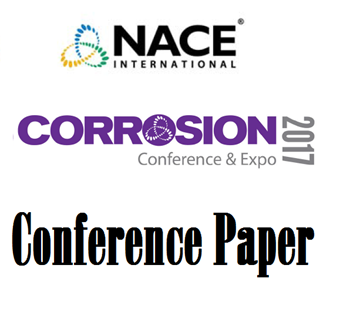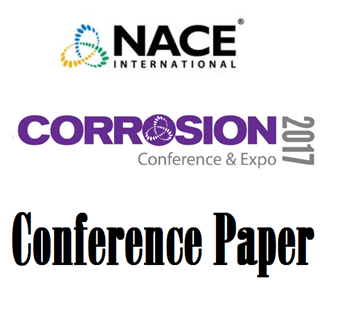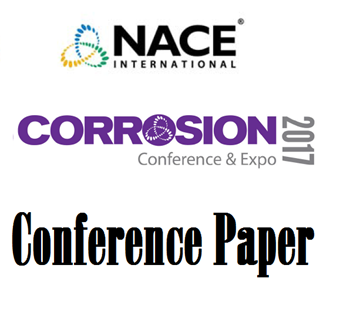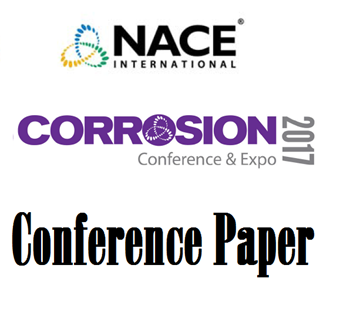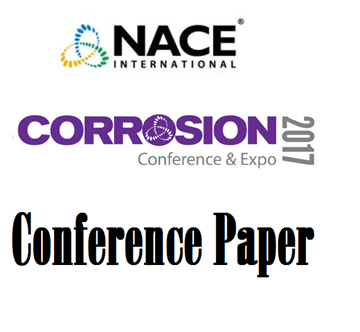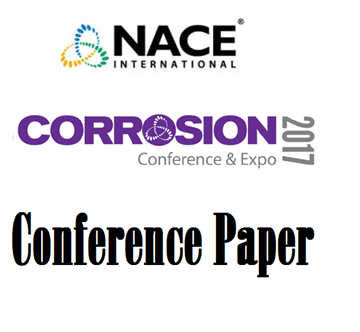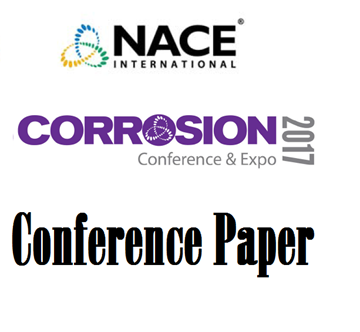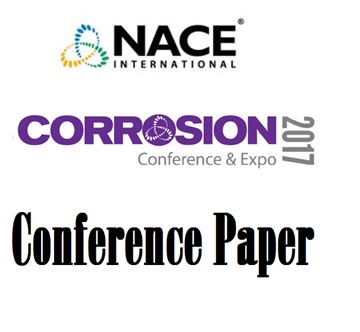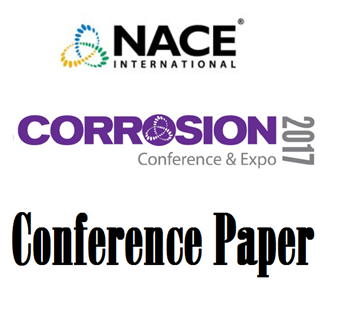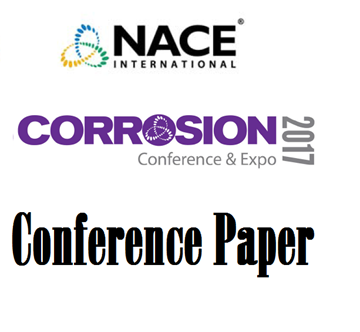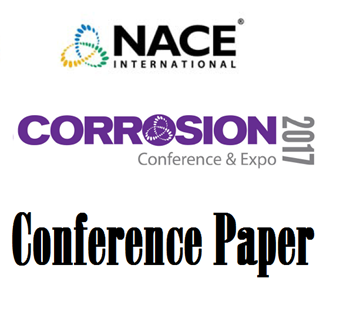Search
Science of Corrosion
View as
Sort by
Display
per page
51317--9506-Testing and Design of Nonmetallic Composite Repair Systems for Pipeline Intergity
Product Number:
51317--9506-SG
ISBN:
9506 2017 CP
Publication Date:
2017
$20.00
51317--9530-Development of High Temperature Non-Triazine based Hydrogen Sulfide Scavenger
Product Number:
51317--9530-SG
ISBN:
9530 2017 CP
Publication Date:
2017
$20.00
51317--9531-Reinforced Concrete Corrosion Damage Forecast with Potential Dependent Threshold: Sensitivity to System Parameters
Product Number:
51317--9531-SG
ISBN:
9531 2017 CP
Publication Date:
2017
$20.00
51317--9564-Inhibited Under-Deposit CO2 Corrosion: Small Particle Silica Sand and Eicosane Paraffin Deposits
Product Number:
51317--9564-SG
ISBN:
9564 2017 CP
Publication Date:
2017
$20.00
51317--9575-Intergranular Corrosion in Al-Mg 5XXX Alloys Under Atmospheric Exposures
Product Number:
51317--9575-SG
ISBN:
9575 2017 CP
Publication Date:
2017
$20.00
51317--9578-Experimental Study on Effect of Voltage Between Electrodes of Coupled Multielectrode Array Sensors
Product Number:
51317--9578-SG
ISBN:
9578 2017 CP
Publication Date:
2017
$20.00
51317--9604-Mitigation of Severe Pitting Corrosion Caused by MIC in a CDC Biofilm Reactor
Product Number:
51317--9604-SG
ISBN:
9604 2017 CP
Publication Date:
2017
$20.00
51317--9615-MIC Prevention in Oxidizer Treated Water Systems: A Study on Relative Reaction Rates
Product Number:
51317--9615-SG
ISBN:
9615 2017 CP
Publication Date:
2017
$20.00
51317--9646-Electrochemical Study of the Influence of Acetic Acid on Carbon Steel Corrosion in Sour Environment
Product Number:
51317--9646-SG
ISBN:
9646 2017 CP
Publication Date:
2017
$20.00
51317--9650-Effect of Biocides and Corrosion Inhibitors On SRB-Mediated MIC Under Flow Conditions
Product Number:
51317--9650-SG
ISBN:
9650 2017 CP
Publication Date:
2017
$20.00
51317--9666-The Use of Nanostructured Materials Loaded with pH Indicating Molecules for Corrosion Sensing
Product Number:
51317--9666-SG
ISBN:
9666 2017 CP
Publication Date:
2017
$20.00
51317--9690-Effect on Corrosion Behavior of the Heat Treatment Temperature of 30408 Stainless Steel
Product Number:
51317--9690-SG
ISBN:
9690 2017 CP
Publication Date:
2017
$20.00

